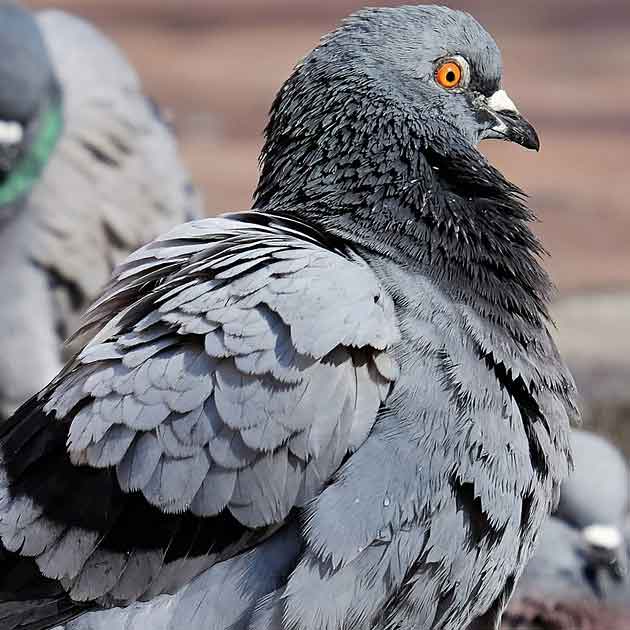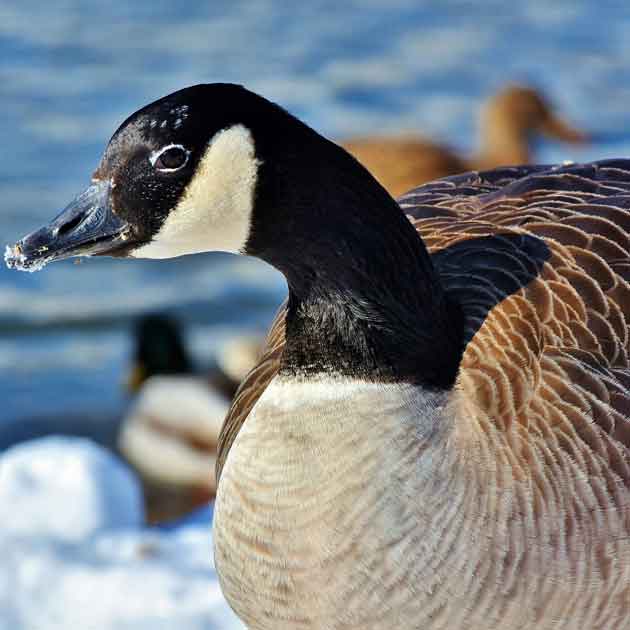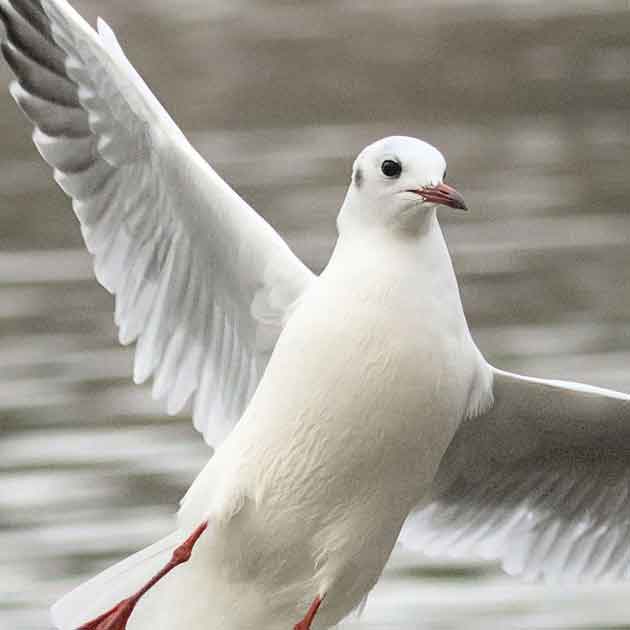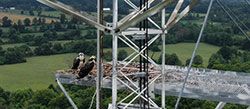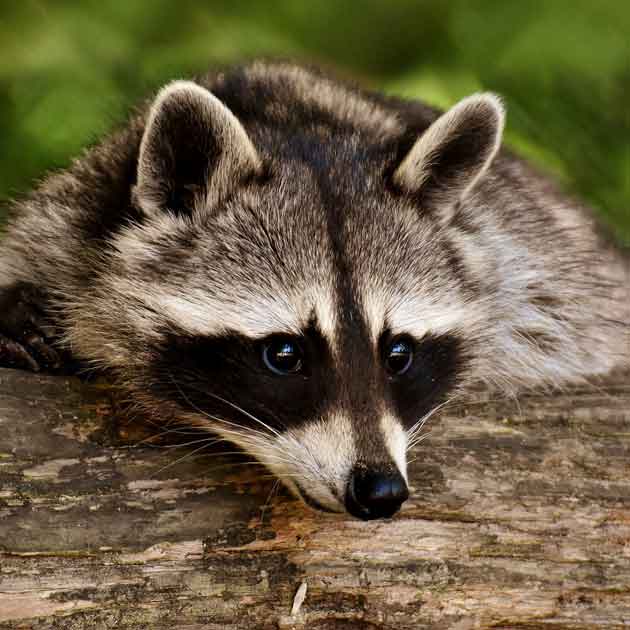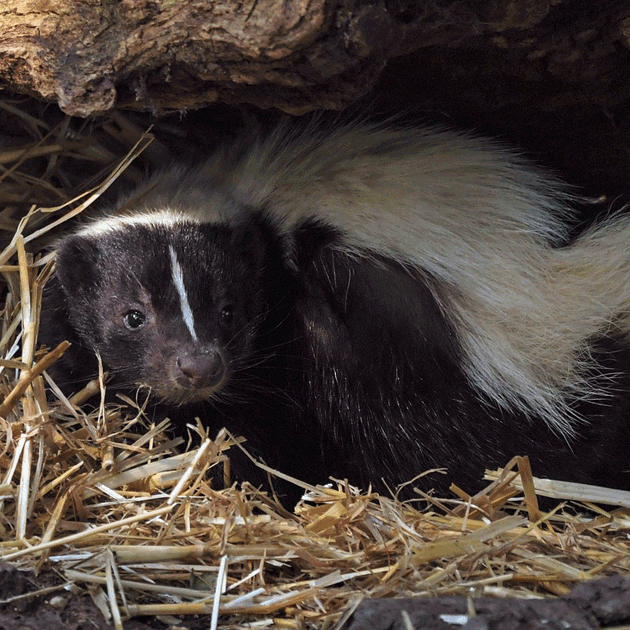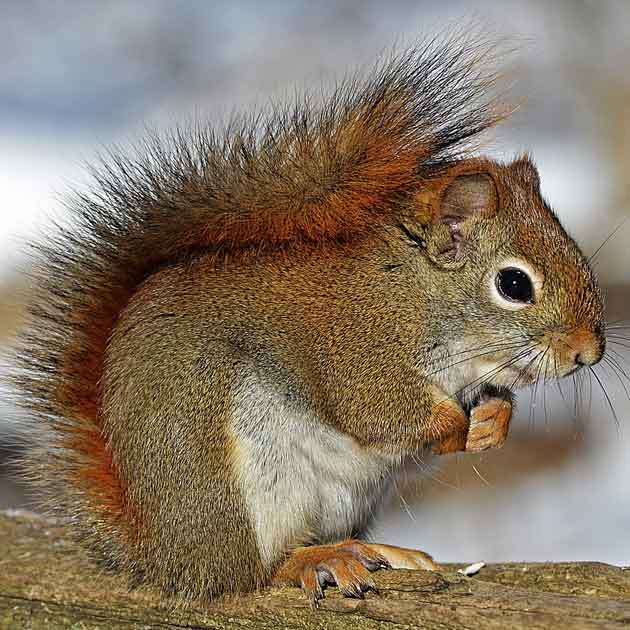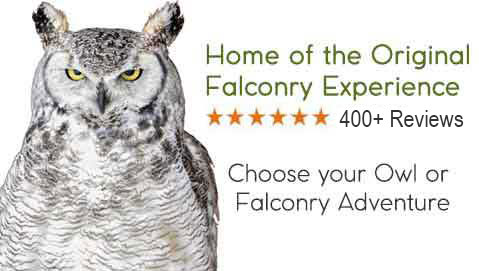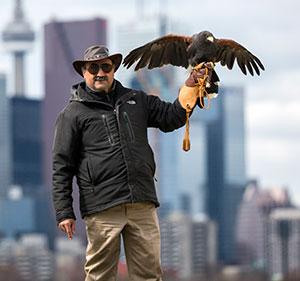Picture, if you will: A lazy summer afternoon in your tranquil Pickering backyard, the sound of laughter coming from kids running through the sprinkler and the promise of a delicious BBQ coming up in a little while - and then an angry Canada goose or worse, a pair of geese appear and crash your party. But why? Why are they here and why are they so miffed? Let's find out.

Pickering, like other communities nestled along the shores of Lake Ontario, is home to a wide variety of wildlife - and an ever increasing number of Canada Geese. And, while you'd think that over 200 hectares of open space should suffice to accommodate the non-human residents, some of those residents actually choose to live in close proximity to human activity. In fact, there are some real advantages of living close to the 2-legged kind:
- Reduced Number of Natural Predators
Human presence and activity greatly discourages predators such as coyotes from coming around and picking off geese; - Higher Survival Rates of Goslings
As a direct result of fewer predators, goslings stand a much better chance of surviving their first year of life and growing up to successfully mate and breed themselves; - Availability of Food and Water
Our tendencies to keep a beautiful yard with short cut grass and possibly even a little pond is the ideal environment for a thriving family of Canada geese.
Understanding the Goose Problem in Pickering
The rapidly growing goose population is becoming a problem in many places, not just Pickering. Accessibility of water, food, a mild climate, and the reduction of predators all contribute to this unexpected increase in geese.
The Canada Goose Breeding Cycle
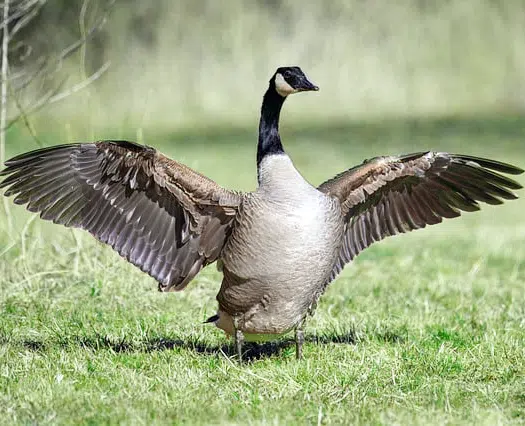 Geese can live up to 25 years in the wild and mate for life (bonded pairs) - breeding generally begins around age 3-4 and declines after 10 years of age;
Geese can live up to 25 years in the wild and mate for life (bonded pairs) - breeding generally begins around age 3-4 and declines after 10 years of age;
- Geese breed in early spring in Ontario and lay a clutch of 4-8 eggs - although, as many as 11 eggs in one nest have been recorded;
- Both male and female fiercely protect their nest and later their offspring;
- Goslings hit the ground running and spend their first year of life with their parents - this includes the migratory journey south for the winter;
- Young females (age one year and up) will often stay with their parents and eventually find a mate in the location they hatched, while young males will go off to find or establish a new flock.
Increase in Flock Size
- Geese have an incredible sense of direction and memory - finding their way to southern winter homes and back home to "their" breeding ground;
- Increased clutch sizes and the increased gosling survival rates grows the flock exponentially each year.
The Dangers of Aggressive Geese
The Canada goose is an impressive bird, for so many reasons - including its size. A 20 lbs bird coming at you with strong wings and beak is no joke! Canada geese are territorial in general, but will become much more aggressive when they perceive danger to their offspring or themselves. It is likely that you or your pet accidentally wandered too close to their little family or family-to-be and have inadvertently become a threat. You opening an umbrella or your child flying a kite can also be interpreted as an act of aggression by a concerned goose parent.
Physical Injuries
Particularly children and pets are at risk of not only ending up too close to a goose, but also to more severe injuries.
- Bites
Geese have strong bills and while a bite most often feels like a hard pinch, it's quite conceivable that it breaks the skin. Wash, sterilize, and bandage - watch for signs of infection; - Bruising and Fractures
Geese strike with the edge of their wings and can cause considerable damage, from surface bruising to muscle contusions or even bone fractures. Depending on the severity, you may need immediate medical attention; - Injuries from Falls
Many injuries that are reported following a goose attack are actually fall related. Be mindful of your surrounding and back away slowly.
Long-Term Prevention Strategies to Keep Geese Away
Landscape Modifications
- Since geese are attracted to very short grass, consider letting your grass grow to a length of 4 inches or more;
- Plant taller grasses or shrubs, thus eliminating the open view preferred by nesting geese;
- If possible, eliminate access to water. If you have a pond in your yard, you may consider installing a low fence around pond edges, pond wiring or pond netting to prevent geese from landing.
Community Involvement
- DO NOT FEED the geese. Or any other wildlife, for that matter. Although, there doesn't seem to be a by-law explicitly prohibiting the feeding of wildlife, the Durham Region does provide some recommendations on co-existing with wildlife here »
- Report aggressive geese to local authorities or the MNR
Effective Solutions for Managing Geese in Pickering
Professional Intervention
Dealing with geese is not a DIY project. And, because geese are protected under the Migratory Bird Treaty Act, ALL work done in connection with goose control and geese management in Pickering requires permits prior to commencement. A licensed and experienced Geese Removal Service will be able to offer:
Targeted Goose Control Techniques
- Falconry - Birds of Prey
An experienced falconer will fly a trained eagle above the area of concern. This is an entirely humane and non-lethal goose control method and will signal to the geese below that the area is no longer safe or suitable; - Trained Dogs
Trained working dogs will chase geese on land and in or from small ponds. They work exceptionally well in conjunction with birds of prey. - Remote Controlled Boats
In larger bodies of water and where dogs cannot effectively move geese out of the water, remote controlled boats can be used to mimic mammals in the water. The boats are used after dusk and help make the area less safe and less appealing; - Lasers and Pyrotechnics
Adding to the appearance of an unpredictable environment are lasers and pyrotechnics, which are also deployed at night time. - Nest Removal
Nest removal entails destroying and removing all remnants of the nest and ideally covering the nesting spot with plywood. This is done to discourage re-nesting. - Geese Relocation
Geese relocation can only be done mid-summer and when geese are molting. During this time, geese are rendered flightless and can be corralled and relocated. The destination must be pre-approved and be situated on their natural route of migration. Birds will start their fall migration from the new destination.
Choosing the Right Goose Removal Service in Pickering
When choosing your geese removal service provider in Pickering, you must be vigilant. Here are a few tips and questions to ask:
- How long has the company been in business/what exactly is their experience with Canada geese?
- Can and will they help with the necessary permits?
- What methods of geese control and managements do they offer?
- Do they practice ethical and humane goose removal?
- Are they licensed and insured? What type of licenses do they have?
- Are they willing to give you a quote and a contract?
- How many employees are trained to work with geese?
- Will the company work with you on a long term management plan?
- Ask for customer reviews or recommendations.
Contact Hawkeye for Goose Control and Removal in Pickering
Hawkeye Bird & Animal Control is a recognized leader in the Bird Control Industry Canada-wide. Our experience with geese and other wildlife spans over three decades. Our geese removal technicians are trained and licensed falconers and used to flying birds of prey in any scenario; be it on a golf course or at an airport. Stop aggressive geese today and contact us to learn how to get rid of geese from your Pickering property and get a start on your long term geese management plan.
Related Articles: https://www.hawkeye.ca/bird-animal-control-services-in-ajax-ontario | https://www.hawkeye.ca/blog/goose-control-or-removal


